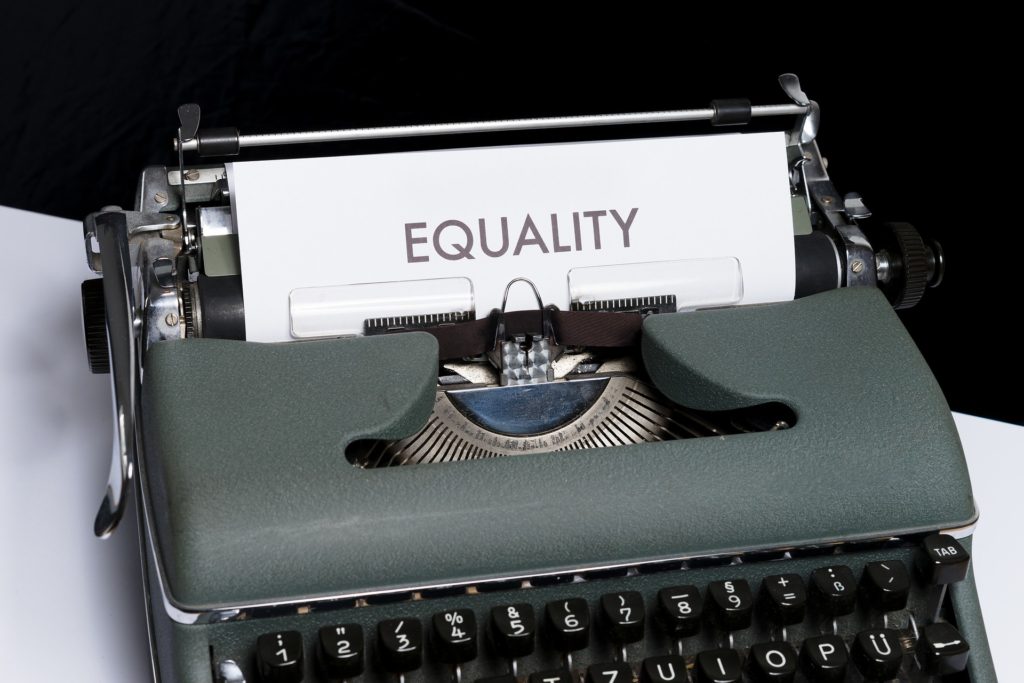According to the book, The Negro Pilgrimage In America, by C. L. Lincoln, the dream of peaceful relations between the races in the South was challenged by outbreaks of racial violence. Riots, lynching’s and disenfranchisement of black people continued. Only one thing, a law that was fairly administered to all citizens could protect minorities and insure full participation in American life.
In July of 1905, some prominent black men, led by Dr. W.E.B. DuBois met at Fort Erie, Canada to discuss black freedom and growth. The group also included white progressives, including descendants of abolitionists. They formed the “Niagara Movement” to carry on the struggle against racial injustice. Four years later, the organization evolved into the National Association for the Advancement of Colored People (NAACP). This organization carried on a long legal campaign using the constitutional victories of Reconstruction to demand civil rights for black people. It brought suit against racially restrictive laws in the South that eliminated blacks from Southern politics. The NAACP’s first major victory came in 1915 when the U.S. Supreme Court struck down the grandfather clause violation of the Fifteenth Amendment. It also lead a massive protest against D.W. Griffith’s Birth of a Nation, a 1915 movie with racially distorted depictions of Reconstruction and glorification of the Ku Klux Klan
Southern black people were practically stripped of political power and didn’t see hope of an improved social atmosphere. They entered the twentieth century looking toward the North as a long-sought promised land. Approximately eighty per cent of America’s black population still lived in the eleven states that were part of the Confederacy during the Civil War. Most of them were unskilled and their employment was limited to physical labor, domestic service, and sharecropping. Most of the people who went North competed with European immigrants for the most menial jobs.
In 1915 and 1916, cotton plantations were severely attacked by swarms of boll weevils, and then floods came and destroyed the crops. Labor recruiters from the North went South to recruit black people to work in defense plants, shipyards, steel mills, and packing houses. Thousands of hungry and oppressed black people accepted the promises of the recruiters and went North. The black population in Northern cities increased rapidly. The military demands of WWI relied heavily upon the nation’s manpower and the vacant jobs left behind were filled by black people. For the workers who remained in their jobs, black migration to the North presented a competitive challenge. The Ku Klux Klan was re-emerging as a device of terror aimed at black people, Catholics and Jewish people. Lynchings and floggings were once more frequent occurrences.
With the death of Booker T. Washington in 1915, there was not a major spokesman for the black race. The void of personal leadership was filled by a new institution, the black press. These newspapers exposed racial discrimination and boosted morale. The Chicago Defender, founded by Robert S. Abbot, was an excellent example of black journalism. This newspaper was one of the main voices encouraging black people to leave the South. The founder considered WWI to be a tremendous opportunity for black people to come North and find jobs.
To no one’s surprise, the threat of a vast number of black workers leaving the South forced many white businessman to try and stop this mass exodus. In some Southern cities there were joint conferences with white and black people. As a result, white leaders promised reforms. Abbot scorned these reforms. He wrote an editorial dated October 7, 1916 challenging this. He wrote that Southern Jim Crow laws were still in place. He encouraged black people to think and act for themselves.
He continued to grow his newspaper by hiring more black journalists. Many novelists started their writing careers at The Defender. Gwendolyn Brooks, a noted black poet and winner of the Pulitzer Price, worked there. After his death, his nephew, John H. Sengstacke, became The Defender’s editor and publisher. The Defender led the way but many other black newspapers grew and prospered during the great migration.
Francie Mae. September 14, 2021
References
C. Eric Lincoln. November 1967. The Negro Pilgrimage In America. Bantam Pathfinder Books.
James Oliver Horton and Lois E. Horton. 2005. Slavery And The Making of America. Oxford University Press, Inc. New York.

May I simply say what a relief to uncover somebody that really understands what theyre discussing over the internet. You certainly know how to bring a problem to light and make it important. More and more people really need to check this out and understand this side of the story. I was surprised that youre not more popular because you certainly have the gift.